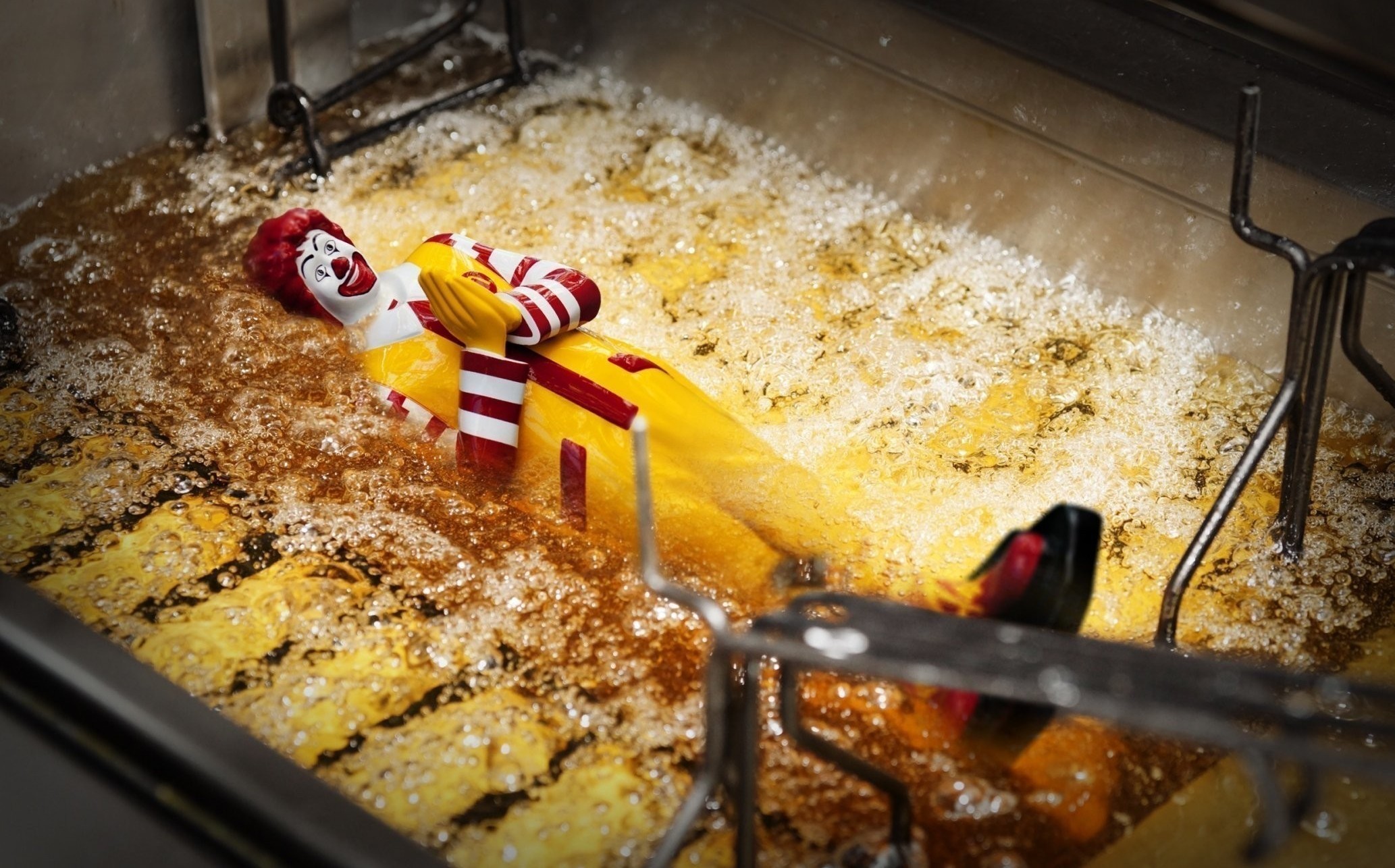Instagram is rolling out its advertising API throughout the rest of this year, starting first with Facebook Marketing Partners and agencies and eventually expanding to businesses of any size. Before you dive in, let’s take a look at some guidelines to not only avoid being burned alive at the stake, but also maybe even find a little success. Because as the Facebook-owned platform becomes more accessible, it’s critical marketers understand one thing.
This is not your typical digital advertising channel.
Instagram is sacred ground, where up until now, very few brands have had the opportunity to advertise. The social network is claiming that across its mere 400 inaugural campaigns, consumer ad recall from sponsored posts was nearly three times higher than normal. It sounds great, but keep in mind that these are the world’s largest brands, which have some of the best marketing and creative minds behind them. Visual brands, like Mountain Dew, Toyota and Columbia Sportswear, have led the way with inspiring and interesting visuals, which command attention and resonate. But what happens when small businesses are turned loose on our favorite photo sharing app?
They will fail. And they will fail hard.
Even giants have fallen here. Users were anything but lovin’ it when it came to the first batch of blatant Instagram ads from McDonald’s. This relates directly to our recent blog about thinking beyond the demographics, and operating within the target’s expectations of the app or platform. McDonald’s was thinking in demographics – young people ages 18 to 30, middle class and likely have mobile phones. Had they been targeting based on personas, they would have considered young people’s appreciation for authenticity and strong visuals.
Instagram’s slow rollout of ads has been partially due to quality control. They know they’ve created a unique place, and have created a showcase of well-done ads. “People come to Instagram to follow their passions,” the brand writes on its blog. “They want to see ads that reflect the things they care about.”
And that’s the key.
SO, HOW CAN YOU MAKE INSTAGRAM ADS THAT DON’T SUCK?
Stop Making Ads
Advertisers love demographic data, but it’s time to get psychographic. Think past age, location and gender – what does your audience care about? What do they do on the weekends? Creating content that feels authentically like a part of their story is the key to success here (and I would argue that for most campaigns). So take a look at the type of content they’re sharing. If you’re an outdoor clothing retail store, look at the photos under #hiking or see what highly-followed influencers post about. Advertisers talk a lot about telling brands’ stories. But here, you need to think about how your brand’s story relates to your targets’, and reverse engineer your ad as Joe Schmo would tell it.
Be Beautiful
Chances are pretty good you’re not a photographer. And that’s OK. Hell, isn’t that why we have Instagram? Because most of us aren’t photographers? A quick filter, and all of the sudden images are seemingly more beautiful. But if you ever notice, accounts that post the great visuals (@GoPro, @RedBull, @NatGeo) are the ones with loyal followings, and it’s because people – whether they realize it or not – are impacted by the power of the photography. So choose your images wisely. This is, after all, a photo app. Think simple, and if you get stranded, refer back to this piece about storytelling photography and telling your brand’s story on social media.
Focus on Conversation, Not Conversions
This is not a platform where strong Calls-to-Actions (CTAs) or conversion-oriented language are going to fly well. Refer to Figure M, the McDonald’s ads that flopped. People don’t want to be told that bacon cheeseburgers are on the menu. But it’s not like people don’t like bacon cheeseburgers anymore – just think of all the food content on Instagram. If you decide to advertise on Instagram, ensure your language is soft, inviting and subtle. Hard sellers will be eaten alive, cheeseburger peddlers or not.
Facebook has more than two million active advertisers, and will be leveraging those relationships to bring advertisers into Instagram’s ad platform. As the network grows, there will be plenty more examples of brands doing it right. But when your time comes, make sure to follow these guidelines to ensure you’re not the blacklisted and backlashed brand who did it wrong. If you’re in need of a digital advertising agency in Louisville, Cincinnati, Indianapolis or Chicago, I know some folks.

